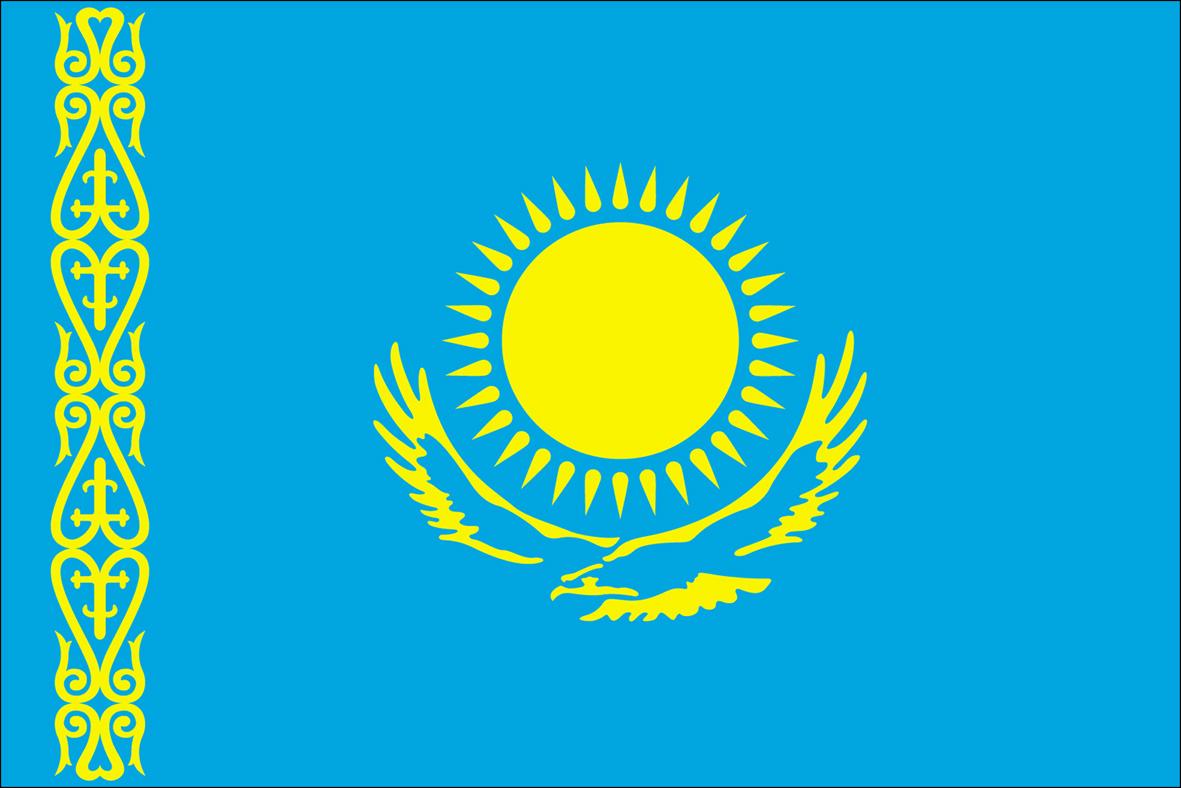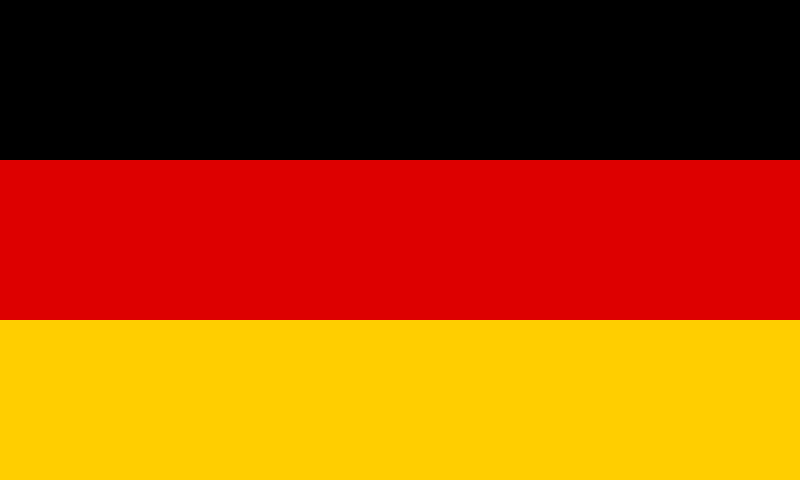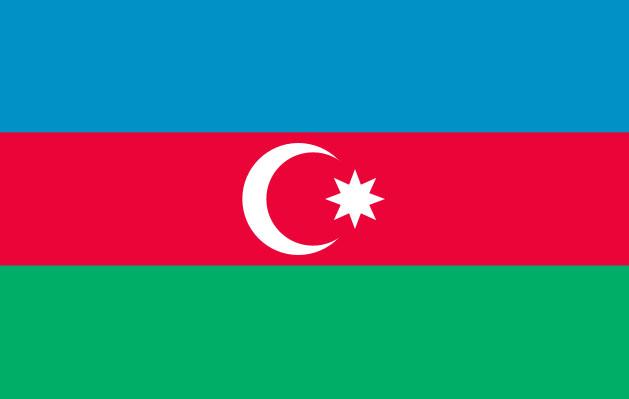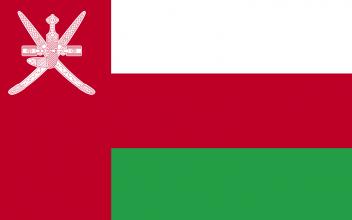Orkhon Valley Cultural Landscape
© Nomination FileOrkhon Valley clearly demonstrates how a strong and persistent nomadic culture led to the development of extensive trade networks and the creation of large administrative, commercial, military and religious centres. The empires undoubtedly influenced societies across Asia and into Europe and in turn absorbed influence from both east and west in a true interchange of human values. This culture is still a revered and indeed central part of Mongolian society and is highly respected as a 'noble' way to live in harmony with the landscape. The valley itself is an exceptional illustration of several significant stages in human history, reflecting its role as the centre of the Mongolian Empire, a special Mongolian variation of Turkish power, the Tuvkhun hermitage monastery as the setting for the development of a Mongolian form of Buddhism, and Khar Balgas as the capital of the Uighur Empire.
This cultural landscape is in central Mongolia, some 360 km south-west of Ulan Bator, the capital, along the Orkhon River, which flows north, draining into Lake Baikal across the border in Russia. Over 90% of Mongolia's huge land area is high-level pasture or desert wasteland, at an average altitude of around 1,500 m. Water is at a premium and the river valleys have therefore assumed great importance, becoming the focus for settlements of various kinds. In Mongolia, nomadic pastoralism, the grazing of horses, sheep, goats, cows and camels, is perceived as much more than the objective technical demands of pastoral life: it is revered and glorified as the heart of Mongolian culture. In turn Mongolian nomadic culture is part of a much wider distinctive nomadic pastoral culture, embracing many other people besides the Mongols and extending across central Asia. Over at least the past two millennia these nomadic cultures, through economic, political and cultural links, have made an immense impact on the sedentary cultures with which they interacted across Asia and into Europe. Nomadic pastoralists spent their lives moving their herds from Read more about this site on the UNESCO World Heritage website.







